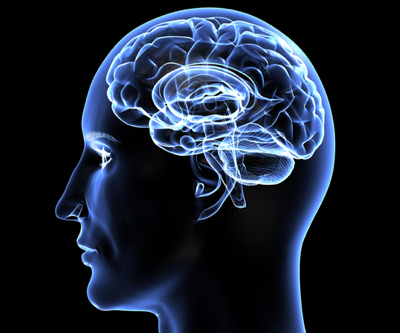Researches show copper can help solve Alzheimer’s, other brain diseases

Widespread applications for copper, the commodity that boasts the handle of “Dr. Copper” for its ability to quickly reflect changes in the economy, are about to get even wider, as researchers from US-based Lawrence Berkeley National Laboratory have discovered copper has chemical properties that make it essential to a healthy brain.
Integrating chemistry and neuroscience, chemist Christopher Chang and his research group at UC Berkeley developed a series of a small-molecule fluorescent probes, which can helps map the movement of copper in the brain triggered by neuronal activity.
Creating and applying live-cell and live-animal copper imaging can became key in the detection and treatment of several neurodegenerative diseases, they say, including Alzheimer’s, Parkinson’s, Menkes’ and Wilson’s, as disruption of copper oxidation in the brain has been linked to many of these conditions.
“The complex relationships between copper status and various stages of health and disease have been difficult to determine in part because of a lack of methods for monitoring dynamic changes in copper pools in whole living organisms,” Chang says in a press release.
“We’ve been designing fluorescent probes that can map the movement of copper in live cells, tissue or even model organisms, such as mice and zebrafish,” he adds.
Chang says that despite the brain accounts for only 2% of a person’s total body mass, it consumes 20% of the oxygen taken in through respiration. “As a consequence of its high demand for oxygen and oxidative metabolism, the brain has among the highest levels of copper, as well as iron and zinc in the body,” he says.
Chang’s research on this an other issues can be found in his professional page.
More News
{{ commodity.name }}
{{ post.title }}
{{ post.date }}

Comments